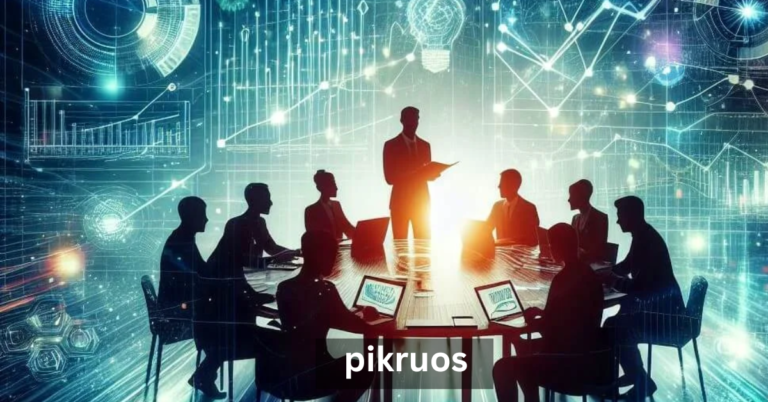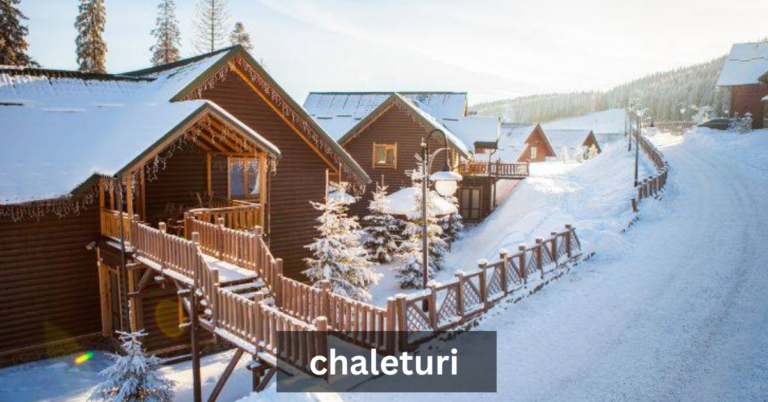Cut Blue Glass and Sandblast: An Artistic Journey
Cut blue glass refers to glass that has been precisely shaped into intricate designs, often in a vibrant blue hue. This technique is commonly used in decorative art, architecture, and functional pieces.hese artistic forms, characterized by vibrant hues and intricate textures, continue to enhance spaces with both beauty and purpose.
In this article, we will explore the significance, craftsmanship, practical uses, and cultural impact of cut blue glass and sandblasting. We’ll also delve into the future of this technique and how it’s shaping modern design.
What is Cut Blue GXlass?
Definition and Characteristics of Cut Blue Glass
Cut blue glass refers to glass that has been precisely shaped or cut, often into geometric patterns or artistic designs. The color of the glass, typically a deep, rich blue, adds an enchanting and bold element to its form. This hue is often achieved using cobalt or other metal oxides during the glass-making process.
Cut blue glass is renowned for its brilliance and depth. The sharp edges and intricate cuts allow light to interact with the glass in unique ways, creating a captivating play of light and shadow. The color itself has a serene and calming effect, making it a popular choice for both artistic and functional glasswork.
Popular Uses and Materials in Cut Glass
Common applications for cut blue glass include decorative pieces, architectural features, and functional items. Venetian glass, renowned for its detailed craftsmanship, is often seen in high-end design, with artisans using waterjet cutting or traditional methods to achieve precise cuts. Artists employ various materials, such as crystal or soda-lime glass, to craft these stunning pieces.
From blue glass panels in modern architecture to artistic sculptures, cut blue glass has a timeless appeal that bridges tradition and innovation.
Understanding Sandblasting in Glass Art
What is Sandblasting?
Sandblasting is a technique where abrasive materials, typically sand, are blasted onto a glass surface under high pressure. The impact of these tiny particles creates a frosted or etched effect on the glass. This technique can be used to achieve a variety of textures, from light, subtle frosts to deeply carved designs.
In glass sandblasting, the artist controls the process to create detailed, intricate patterns. Sandblasting not only adds texture but can also enhance the visual depth of the glass, transforming a simple piece into something extraordinary.
How Sandblasting Works on Glass Surfaces
The process involves placing glass under a nozzle connected to a machine that releases sand particles at high velocity. The abrasiveness of the sand chips away at the surface of the glass, leaving behind a matte finish. This technique can be customized, allowing for complex designs, including etched blue glass patterns, logos, and intricate artwork.
Artists also use sandblasting tools and machines to adjust pressure and design complexity, resulting in stunning textured glass artwork. Some advanced machines allow for extremely detailed glass engraving, making sandblasting a versatile and powerful method for creating beautiful glass designs.
The Craftsmanship Behind Cut Blue Glass and Sandblast
Skills and Tools Used by Artisans
Creating cut blue glass and executing sandblasting techniques requires high-level skill and a deep understanding of the materials. Artisan glasswork is not just about creating aesthetically pleasing designs, but about precision and mastery. Craftsmen use specialized tools like waterjet cutters for precise cuts and sandblasting machines for controlled abrasions. Each step of the process demands an eye for detail and a deep knowledge of the medium.
The cutting process involves careful measurements and the right application of force to ensure the glass retains its integrity while achieving the desired shape. Similarly, sandblasting requires the right abrasive materials and pressure settings to achieve detailed and durable textures.
The Role of Precision in Cutting Blue Glass
Precision is paramount when working with cut blue glass. Glass is a fragile material, and achieving sharp, clean cuts demands skill. Unlike other materials, glass can shatter if not handled carefully, especially when the cuts are intricate. Artists often use diamond-tipped tools or high-precision waterjet cutting methods to achieve the delicate angles and straight lines that characterize cut glass.
How Sandblasting Complements Glass Cutting for Unique Textures
While cut glass design creates sharp, crisp edges and defined shapes, sandblasting adds a layer of texture that enhances the visual appeal. The combination of these two techniques creates depth and dimension, making each piece visually striking. Frosted glass designs or decorative glass etching can further elevate the artistic qualities of the glass, adding layers of contrast between the transparent and frosted surfaces.
Together, these techniques enable designers to push the boundaries of glass art, creating pieces that are not only functional but also works of art.
Practical Applications of Cut Blue Glass and Sandblast
Architectural Applications: Glass Panels, Facades, and Windows
One of the most prominent uses of cut blue glass and sandblasting is in architecture. Blue glass panels are often used in building facades, offering a bold aesthetic while providing the functional benefits of glass. Sandblasting is used to create frosted glass windows for added privacy, while still allowing natural light to filter through.
Architectural designs that incorporate sandblasted frosted glass or cut blue glass often feature unique patterns and textures, making them stand out in both commercial and residential spaces. The use of blue glass in architectural elements can evoke a sense of tranquility and sophistication, particularly in modern, luxury spaces.
Home Décor: Mirrors, Table Tops, and Cabinet Doors
Cut blue glass and sandblasting are also popular in interior design. Textured glass artwork and custom glass panels can be incorporated into mirrors, table tops, and cabinet doors, adding a touch of luxury to everyday items. The techniques transform simple décor pieces into bespoke art, turning functional items into focal points of a room.
Sandblasting enhances these designs by adding texture and depth, creating a visual contrast that enhances the glass’s reflective qualities. The combination of blue glass etching and sandblasting creates a harmonious blend of form and function.
Artistic Pieces: Sculptures, Jewelry, and Custom Artwork
Both cut glass design and sandblasting have found a place in the world of high-end glass sculpture and custom artwork. Artists use these techniques to create unique, one-of-a-kind pieces, often available on platforms like Etsy, where buyers seek custom-made glass creations.
The resulting artworks can range from small jewelry pieces to large-scale sculptures. For example, custom blue glass art can be sculpted into intricate designs or etched with personal symbols or patterns. Whether displayed in galleries or homes, these pieces stand out for their craftsmanship and beauty.
The Technology Behind Cut Blue Glass and Sandblast
Waterjet Cutting vs. Traditional Cutting Methods
The introduction of waterjet cutting has revolutionized the process of cutting blue glass. Unlike traditional methods, such as manual cutting with a diamond wheel, waterjet cutting uses high-pressure water mixed with abrasive particles to slice through glass. This method allows for more precision, especially for intricate and complex designs.
Waterjet cutting is also advantageous because it reduces the amount of glass waste, making it more sustainable. For artists, this technology provides greater control over the cutting process, allowing for more detailed glass engraving and more elaborate designs.
Advanced Sandblasting Technology and Tools
In addition to waterjet cutting, modern sandblasting tools have advanced to include highly precise machines that allow for detailed sandblasted etched glass. These machines control the amount of pressure and the size of the abrasive particles, enabling artists to create finely detailed textures and patterns on the glass surface. Whether it’s etched blue glass or deeply carved designs, the precision of modern sandblasting technology has opened new doors for creative expression.
Sustainability of Cut Blue Glass and Sandblast
The Eco-Friendly Benefits of Using Glass in Design
Glass is a highly sustainable material. Unlike plastic, it can be recycled indefinitely without losing quality. This makes cut blue glass and sandblasting an environmentally conscious choice in design. Additionally, glass can be used to create long-lasting products, such as architectural panels or luxury décor, that will endure for decades.
By using sustainable materials and focusing on minimizing waste during production, artists and designers can reduce their environmental impact.
Recycling and Reducing Waste in the Crafting Process
Recycling glass is an essential part of the eco-friendly appeal of cut blue glass. The glass used in many designs, especially in architecture, can often be sourced from recycled materials. By incorporating sustainable practices into the crafting of sandblasted frosted glass, artisans reduce the environmental impact of their creations while maintaining the high quality of their work.
Conclusion
The world of cut blue glass and sandblasting is filled with endless creative possibilities. From luxury glass design in architecture to intricate decorative glass etching in art, these techniques bring together beauty, precision, and function. As technology advances and sustainability becomes even more important, these methods will continue to evolve, offering new ways for designers and artists to create striking, unique works of art.
Whether you’re looking to incorporate blue glass into your home décor, create a personalized piece of jewelry, or design a stunning architectural feature, cut blue glass and sandblasting offer a world of possibilities that are here to stay.
Frequently Asked Questions
How does sandblasting work on glass?
Sandblasting is a process where abrasive materials are sprayed onto the glass surface under high pressure, creating a frosted or etched effect. This technique is used to add texture and intricate designs to the glass.
What are the main uses of cut blue glass and sandblast techniques?
These techniques are used in architecture (e.g., glass panels, windows), home décor (mirrors, table tops), and custom artwork (sculptures, jewelry). They add beauty and functionality to various design applications.
Can sandblasting be used to create detailed designs on glass?
Yes, sandblasting allows for highly detailed and precise designs. Artists use controlled pressure to create fine textures and intricate patterns, from subtle frosts to deep etching.
Is cut blue glass eco-friendly?
Yes, glass is a sustainable material that can be recycled indefinitely. Using recycled glass and minimizing waste during the crafting process makes cut blue glass and sandblasting an eco-friendly choice in design.
Stay in touch to get more updates & alerts on EroMe! Thank you






